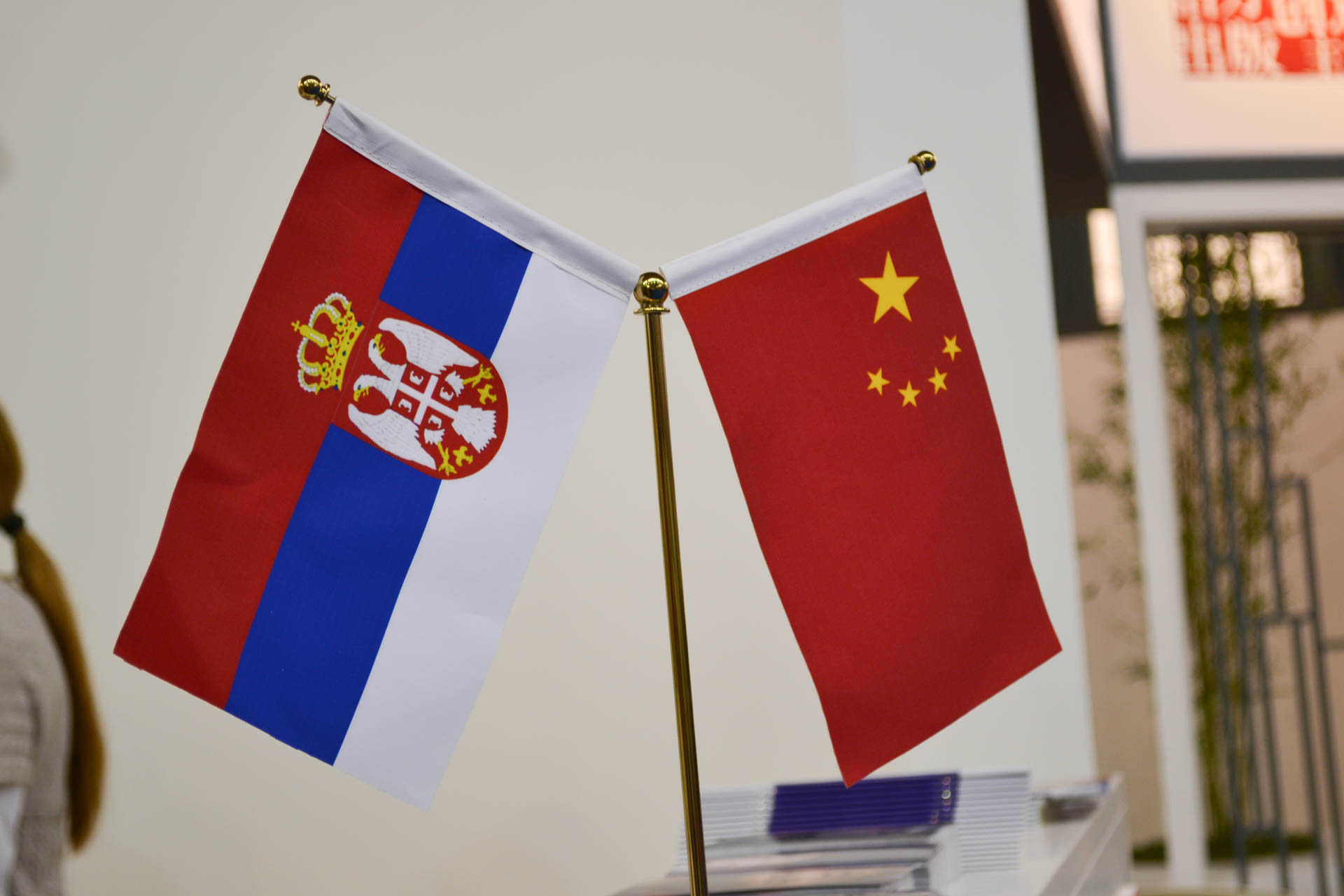Text: Žikica Milošević
As the first and only country in Europe that abolished visas for Chinese citizens, and vice versa, Serbia is profiling as the tourist and economic hub for Chinese travellers and businessmen. Many of them flocked since the beginning of the year, visiting Exit festival, which was obvious. Serbian tourists are more frequent than ever in China. Business is blooming, because of the Chinese competitive quality-price ratio, but now China seems to go deeper, to mutual benefit.

EARLY ACHIEVEMENTS
The volume of economic cooperation with China reached a record level of 1,650 billion USD by 2014. This cooperation is reflected in the crediting and construction of the Zemun-Borča bridge (as done by China Road and Bridge Corporation), construction of the Obrenovac-Ljig (Shandong Hispeed), thermoelectric plant Kostolac and the corresponding mine, investing in mining research, financing and making a feasibility study on the Danube-Morava-Vardar etc. In the beginning, it was merely a trade partner. But now, China has become the most important foreign trade and financial partner of the Serbia in Asia. During the last few years, the focus of economical cooperation shifter from commodity exchange to a higher level through major investment, energy and other projects, while enormous efforts are being made to increase the inflow of Chinese capital. Also, the idea of high-speed railway Budapest-Belgrade would connect the Chinese-managed port of Thessaloniki in Greece with the other parts of the EU through Serbia, which is designated as a hub for Chinese investments in Europe. The telecommunication is spurred by Huawei and its investments and now the company ZTE is appering too.
Between 350 and 400 million euros should be invested in the part of the Belgrade-Budapest railway line through Serbia. The length of the railway through Serbia is 184 km, and through Hungary 166 km. The aim is that this railway line be trained for speeds between 160 and 200 km/h. This major project will connect Belgrade, Novi Sad and Subotica through Vojvodina thus effectively helping the economy of the Corridor 10 citiesa and towns and helping of development of industrial zones along the line. China and Serbia have a mutual trade of 1.629m US$ in 2016 with Serbian export constantly growing at 25-35% a year. According to Economy Ministry, the value of the projects so far realised and those being realised with the Chinese partners is over 3.1 billion euros and the new project are along the way, including the benefits of the One Belt – One Road infrastructure projects and Smederevo Steelplant which was a year ago taken by Chinese Hesteel Group. As the Steelworks are not in a good position in the world, and China has insatiable hunger for steel and further building, both in China and around the world, it might be a golden hen. Serbia occupies a very important place on the new Silk Road, but overcoming space, time constraints, joining the present with the past and in accordance with the principles of peace, development, cooperation, well-being, and Serbia connects China with all other countries of the world, say the Chinese. During the visit of Xi Jinping in 2016 China and Serbia signed a declaration on strategic partnership and some 20 interstate agreements. It as a beginning of a great cooperation that is yet to flourish.